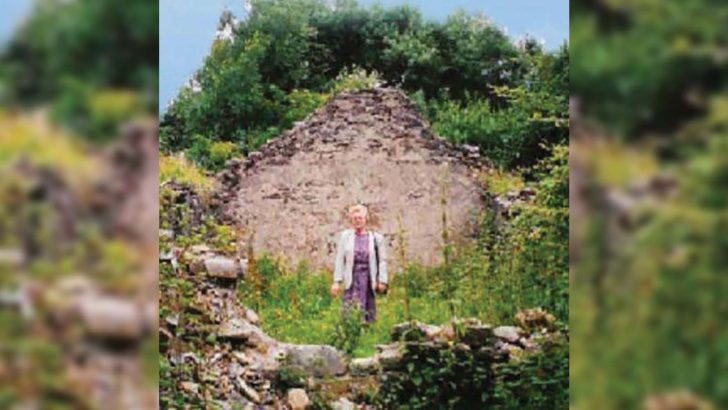In My Mind’s Eye: Walking Among Ghosts by Brigid Kavanagh;
stories and poems compiled and edited by Sean and Declan Kavanagh (€12.00) available online at www.buythebook.ie, or by contacting pettitmaggie955@gmail.com
Sean Ryan
This 300-plus-page book is an anthology of, and a tribute to, the writing of 95-year-old Brigid Kavanagh, who puts to good use her keen observations of life in Strokestown, where she was born and raised; in London, where she served as a nurse during the Second World War, and in Dublin, where she raised her family.
She also makes many interesting comments, including the following: “Society is in general critical about the 1950s, but I am more pro- than con-, as I lived through that period in Dublin.”
I gave a silent cheer when I read that. As someone who grew up in Dublin at that time, I have nothing but happy memories, and note that many of the critics are products of the 1960s, 1970s or even later, most of them anxious to paint the 1950s as a regressive, priest-ridden era. Brigid’s essay, ‘Dublin in the 1950s’, is a must-read for the critics’ re-education.
Brigid also introduces us to the significance of Rathcroghan in the parish of Tulsk, where she was born. Apparently this hill is one of the most famous archaeological sites in Ireland, rivalling Tara for its royal associations, in this case to Queen Maeve.
Essay
‘Living Through the Economic War’ is another essay of a forgotten time – in the 1930s – when the Brexit of its day threatened the Irish economy. It lasted six years – from 1932 to 1938 – and it was a war we had to fight without any help from the EU. The ‘war’ was settled when Britain accepted £10m instead of the £104m they originally demanded. I doubt that the EU will do better in the Brexit protocol row.
Religion features strongly in these pages, with tales of the ‘House Station’, when Mass was celebrated in the various homes in each townland; ‘Pilgrimage’, when staying in Cahore she made the traditional Wexford pilgrimage to Our Lady’s Island on August 15; and ‘The Liturgical Festival’, which records a memorable occasion in the summer of 1940 when massed choirs gathered from the Diocese of Elphin in the Cathedral of the Immaculate Conception, Sligo, to promote Gregorian music in the church liturgies.
“Sr Mary Anselm (young, petite, pale-complexioned) of the Sisters of Mercy, Strokestown, taught us the plainchant,” she writes. “The task, which seemed to us at first insurmountable, became possible through her enthusiasm and dedication. The Credo was in the most inspiring language of all, Credo in Unum Deum – the Latin version so musical compared with mundane English.”
Finally, I found her essay ‘My husband is a saint’, especially touching. Written in 1978, while her husband was still alive, it featured in the Evening Press, using her initials, BK, as her byline. “I’m married to a saint!” she wrote. “Yes indeed. Ahoy there all you men-hating ‘women’s libbers’, would you believe that there are actually good, even saintly husbands in existence? Do I hear any cynics – male or female – remark that only a she-devil can create a saintly mate? Not so. From our first meeting I recognised what a true gentleman Michael was and nothing that has happened since has altered my opinion.”
That essay was her very first to be published, when she was 52, but this late-comer to writing has left a very readable legacy in this very entertaining and informative book.


 Brigid Kavanagh
Brigid Kavanagh 